In the above video you’ll see the amazing 17th Century English timber frame farmhouse that I visited recently.
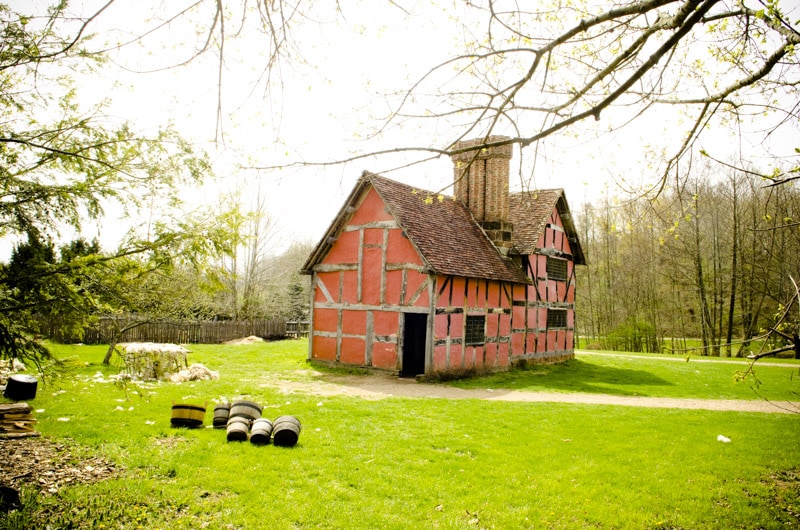
I was absolutely taken back by this immaculately reconstructed farmhouse and it’s gorgeous reproduction furniture from the 1600’s. So, of course, I had to share it with y’all!
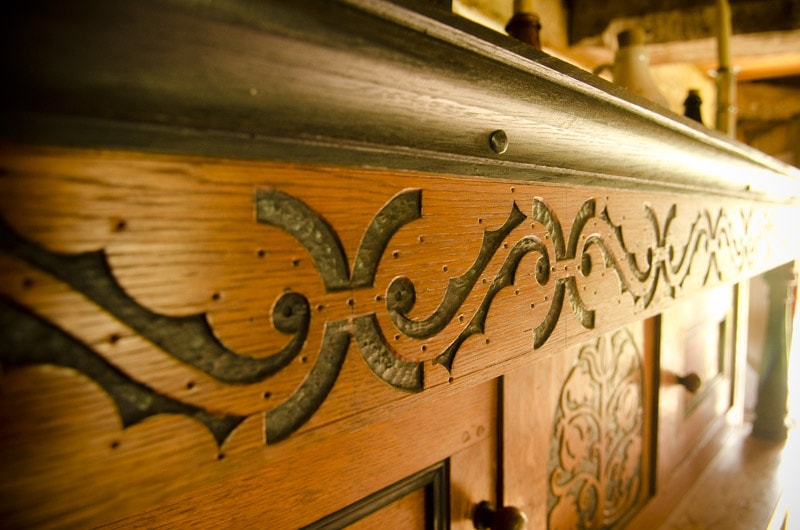
The farm was moved from England to the Frontier Culture Museum in historical Staunton, Virginia (thank you to my English friends).
I really love the exposed timber framing on the exterior of the farmhouse. I did my first timber framing last week, so it’s fun to see a finished product.
The kitchen & hearth room are the first rooms that I entered, and I loved seeing the oak trestle table with tusk tenons:
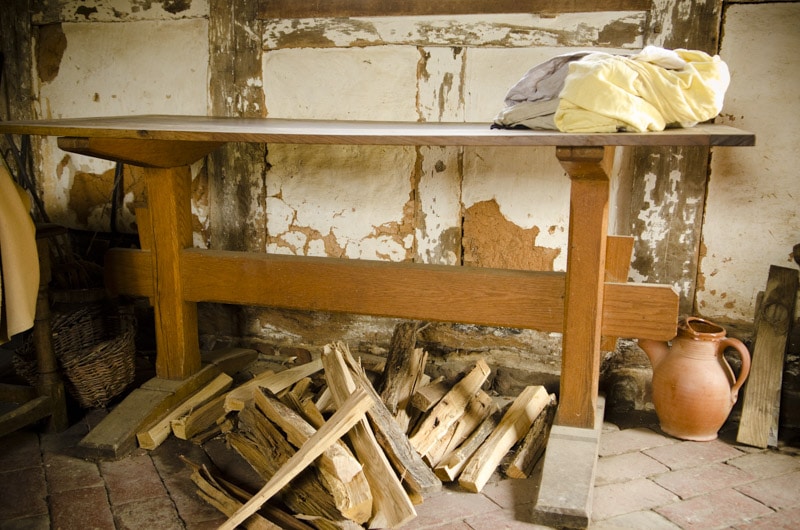
And a really creative shelf with decorative gouging on the sides:
Great little tenon pegs:
An interesting little mouse trap built by an amazing joiner and tool collector, named George Lott (see my Video about George’s workshop & furniture):
And some rusting hand forged iron cut nails sitting on the window sill:
Anyone know what this is? I sure don’t:
Beautiful quarter sawn white oak used on the windows:
A nice little red oak (I think) end table with pinned tenons:
This nice sitting room was filled with carefully hand carved oak cupboards and chests:
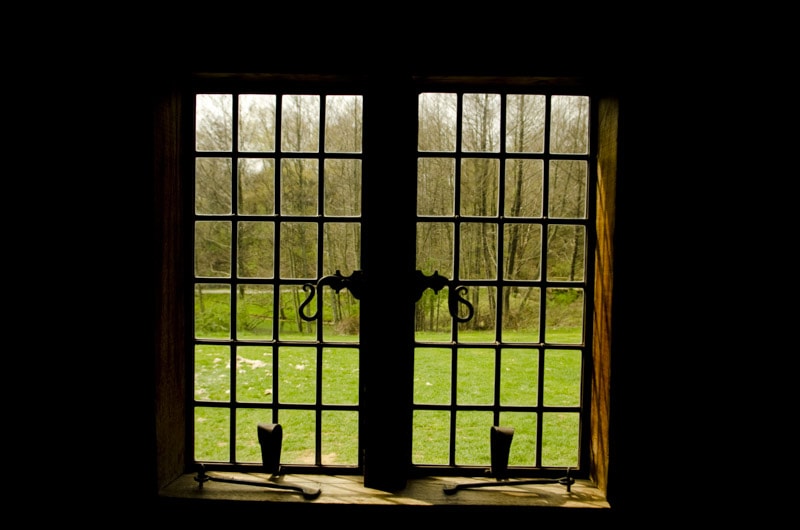
Below is a carved bible box, I believe. I’m not sure who built the furniture in this room, but it looks very similar to the 17th century style that Peter Follensbee builds and carves. I wouldn’t be surprised if he built some of it.
The small dining room also has lovely furniture built with strong and handsome joinery:
I want this chair sooo bad…Guess I’ll have to learn how to build and carve one!
Nice detail of the rough wooden floors…either white oak or chestnut I believe:
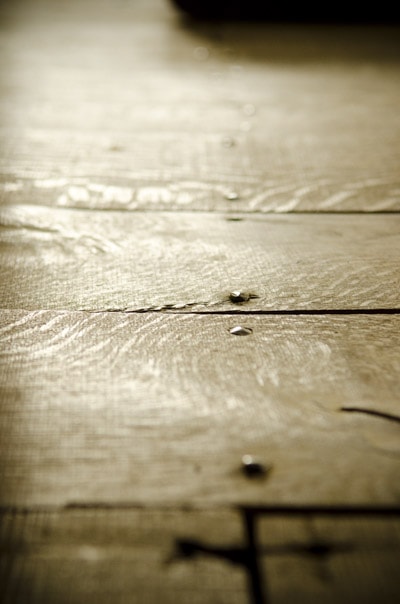
My son Joseph looking out the hand made windows:
This 17th Century farmhouse felt so comfortable and simple. I really could have felt at home in such a peaceful place. You should really try to visit this farm, and the others at the Frontier Culture Museum. It has become one of my favorite spots.
Click here to subscribe to my future articles & videos!
About the Frontier Culture Museum
The Frontier Culture Museum is unlike anything I’ve encountered. The organization has disassembled actual period farms from England, Ireland, Germany, Africa, and different parts of the United States, then reconstructed them on several hundred acres of lush Virginia farmland. Why? To educate Americans on how our American farms were influenced by immigrants from overseas. You can see the different farms here.
What I found particularly fascinating was the woodworking tools and furniture displayed at each of the 10 farms. The staff actually use the respective tools to construct furniture and tools. It is a hands on “museum” so I just helped myself to all the amazing tool chests! The staff didn’t mind. They also didn’t mind that I constantly caressed their reproduction furniture either…although I got some strange looks.

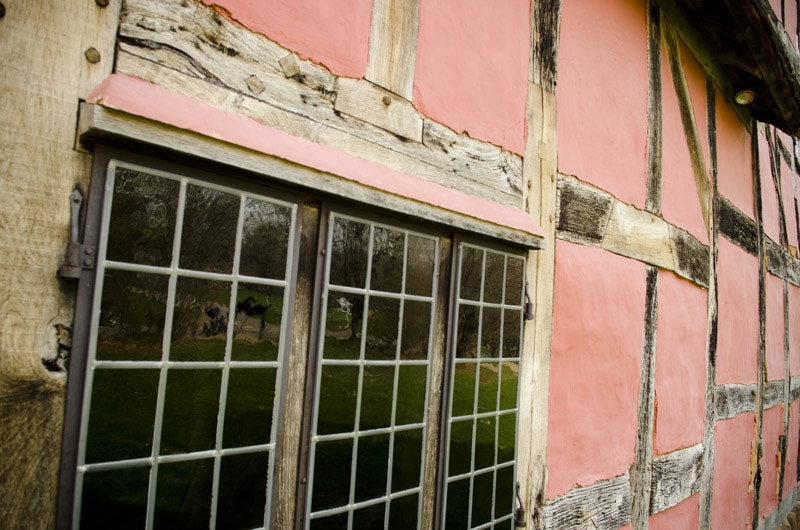
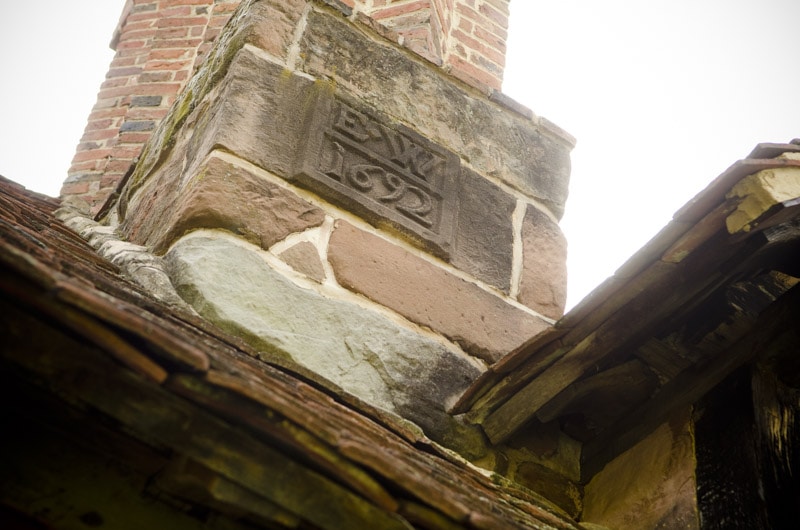
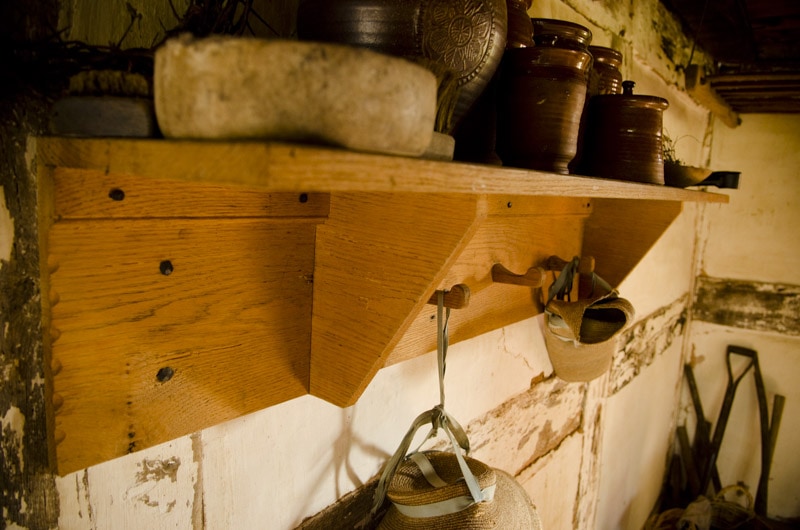
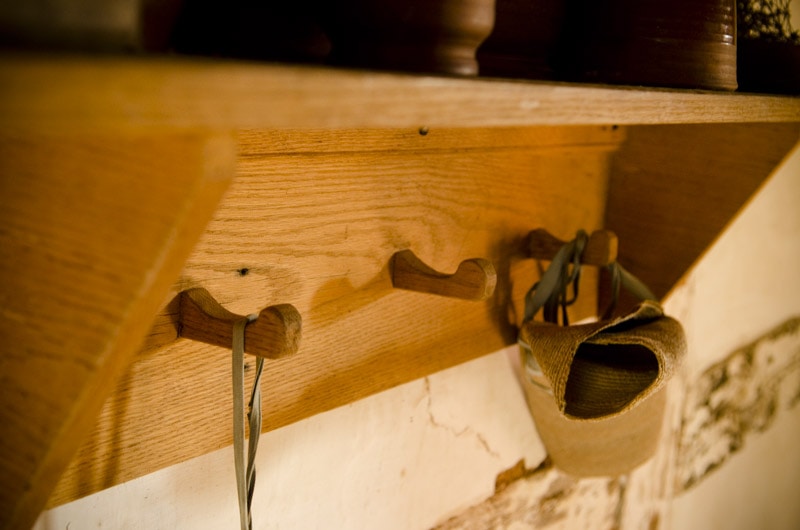
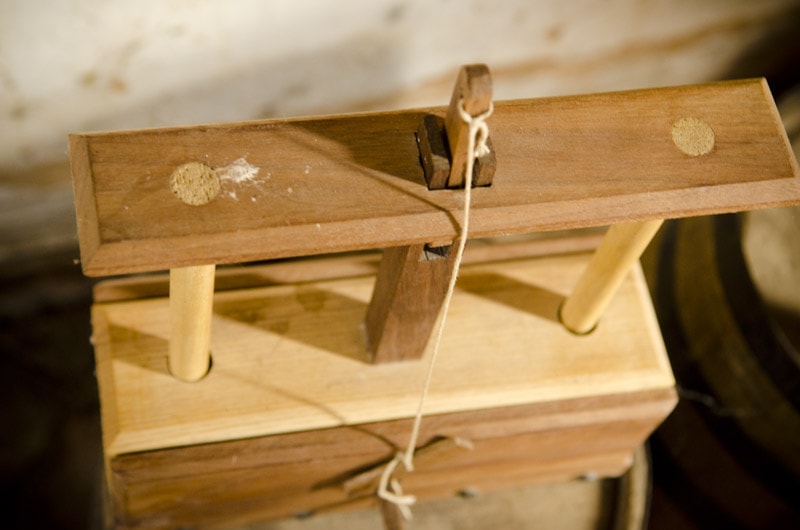
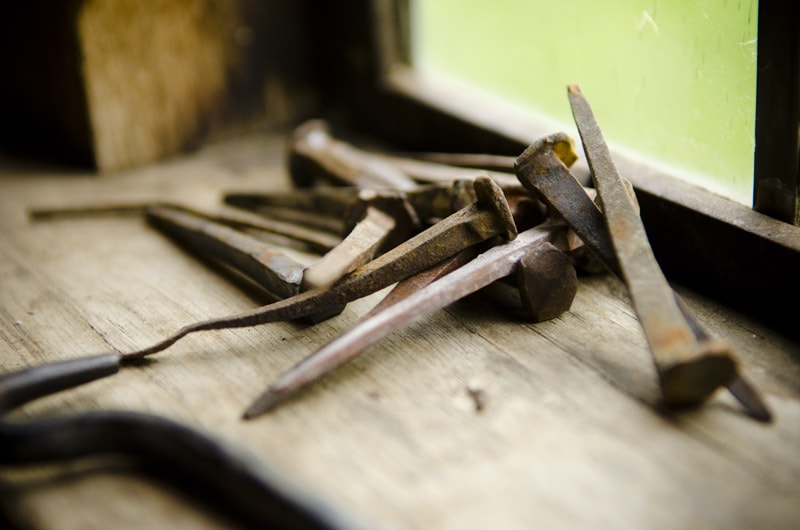
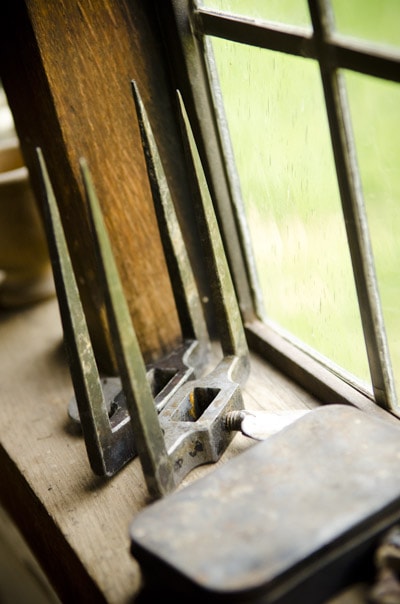
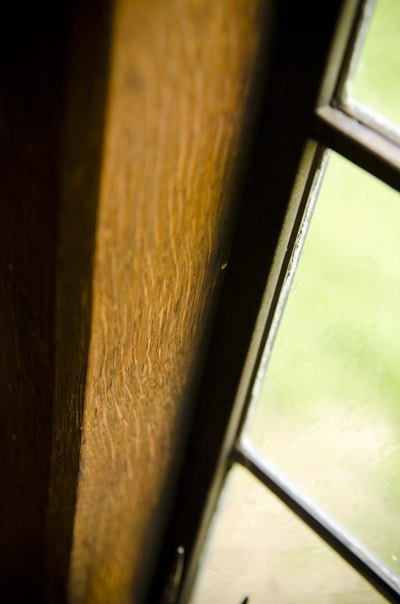
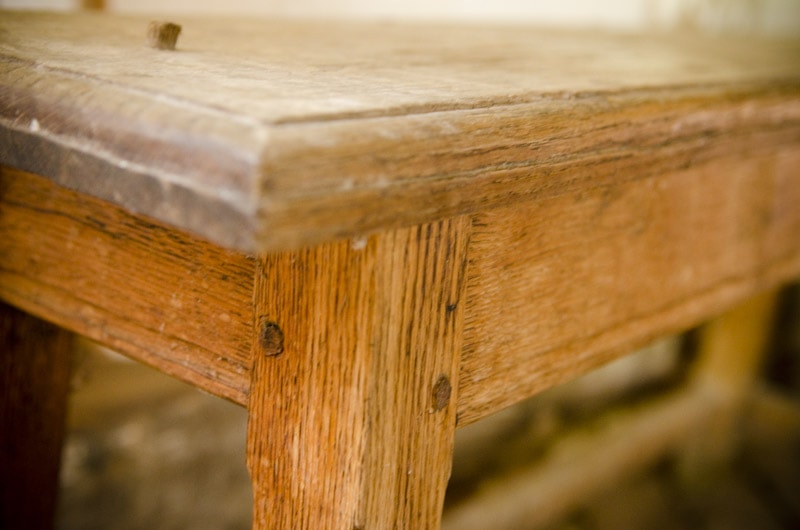
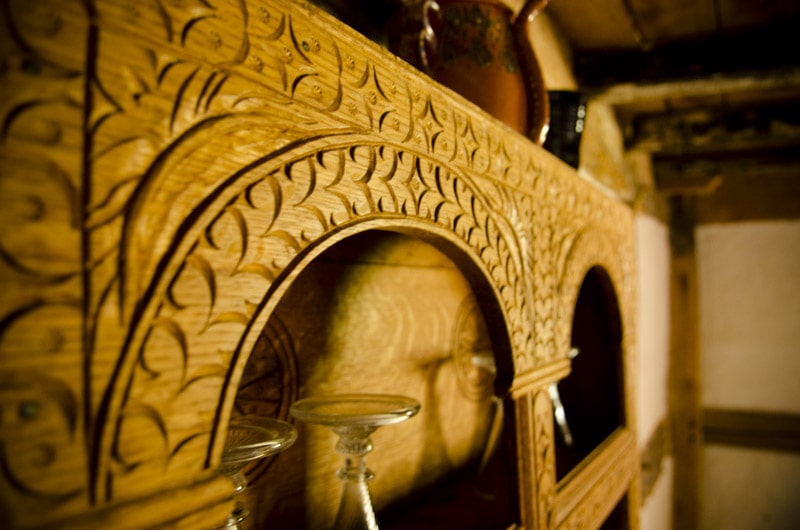
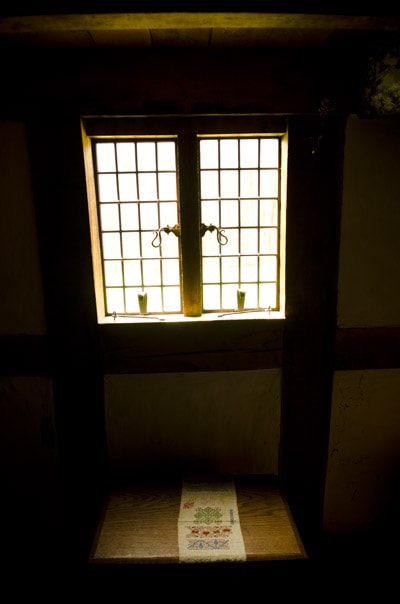
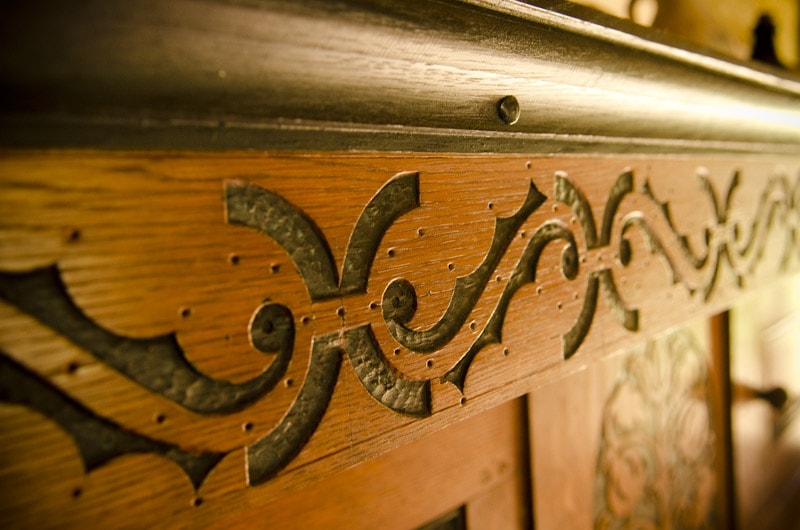
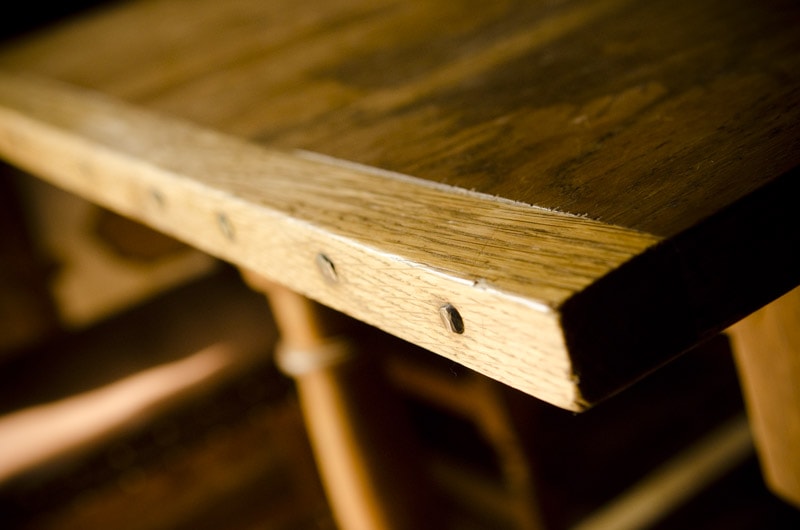
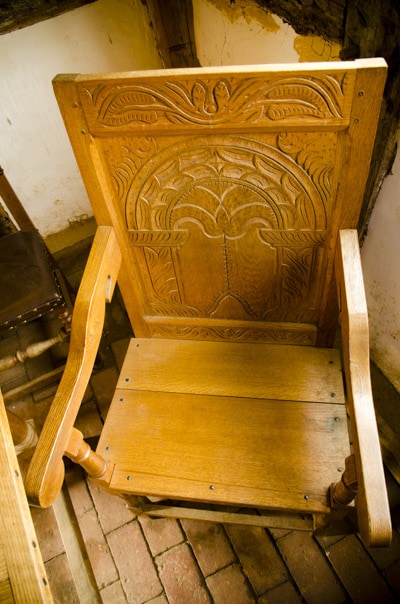
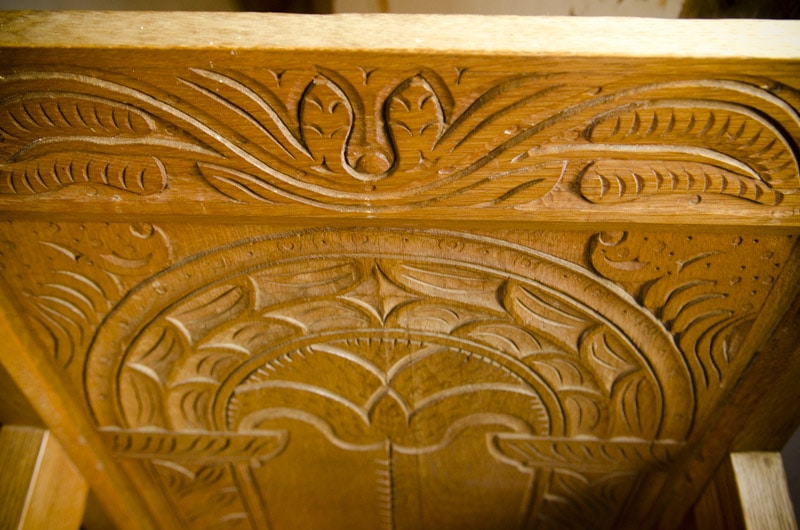

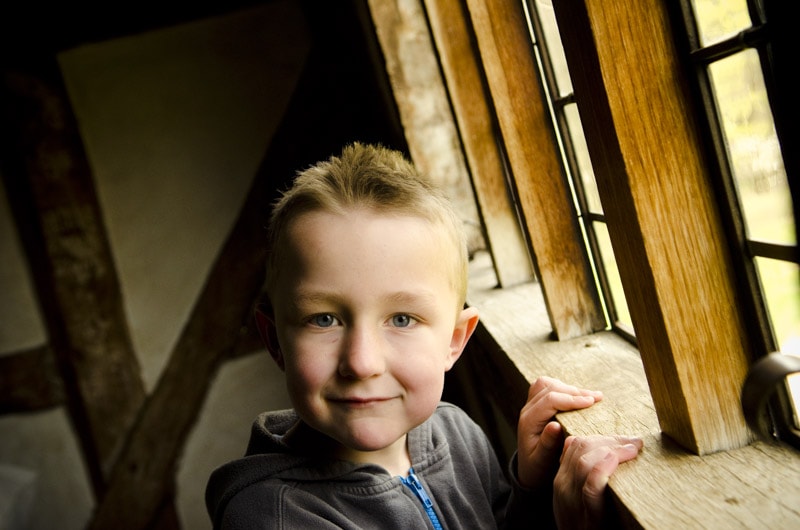
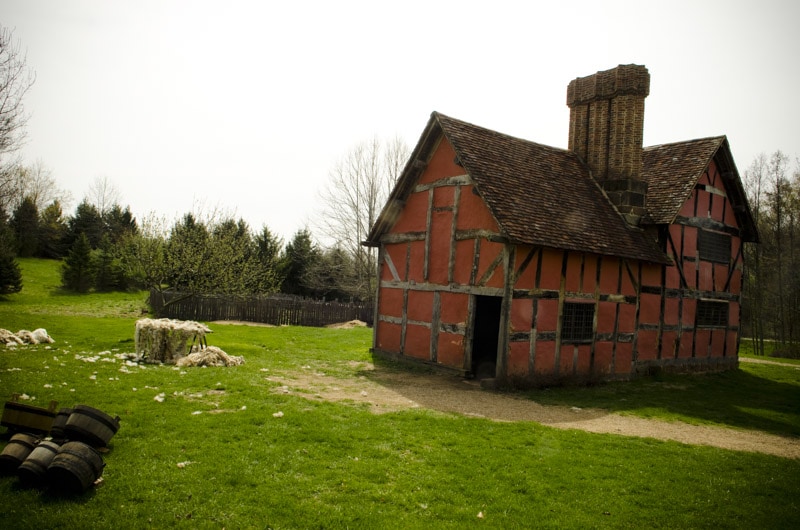
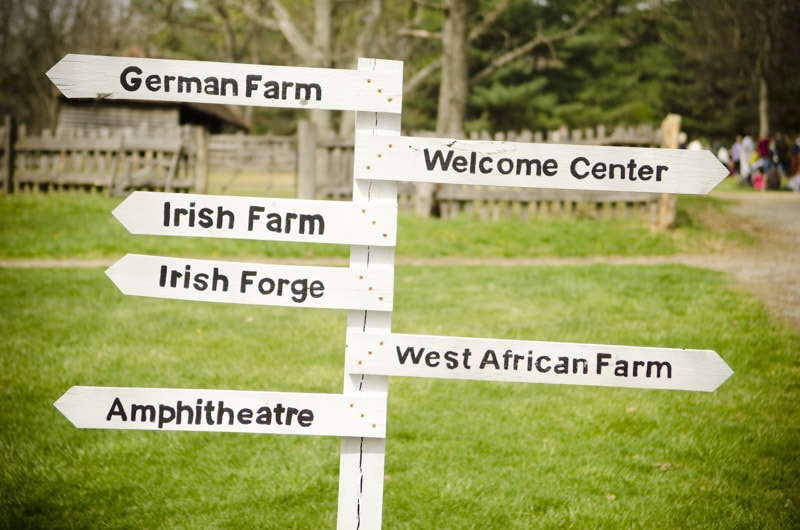
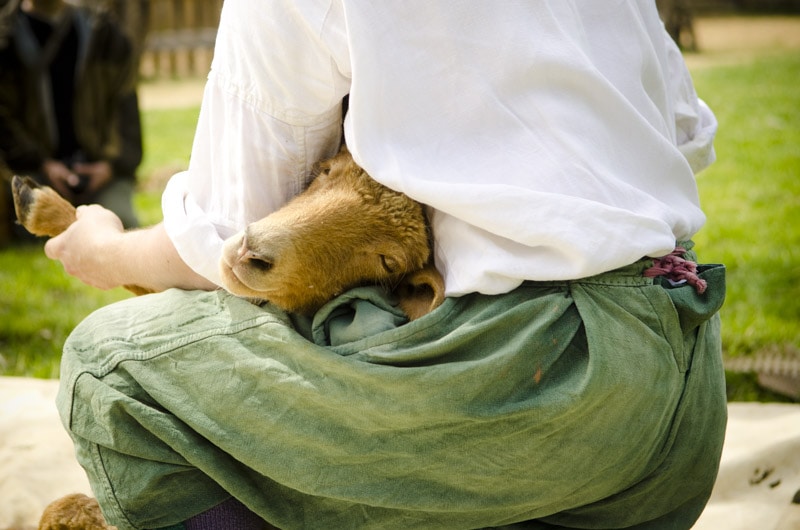
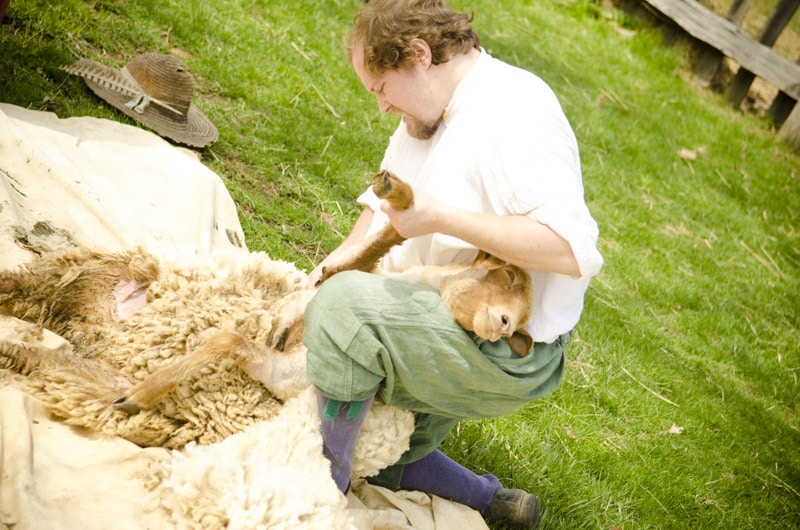
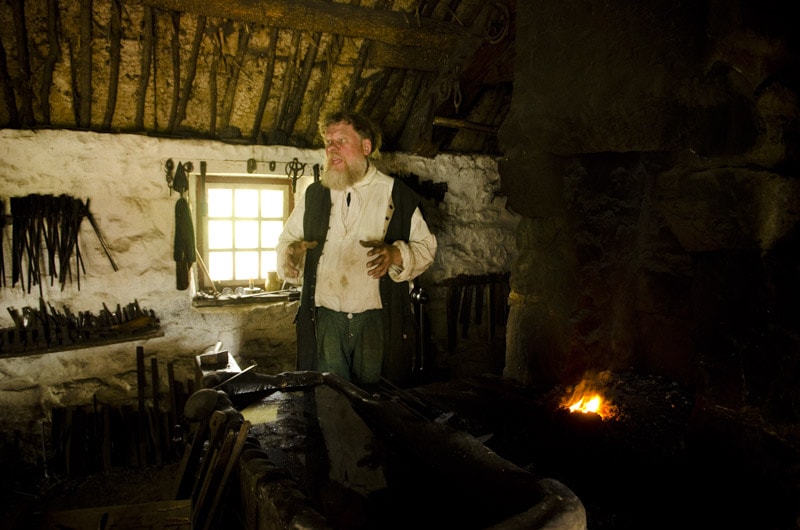
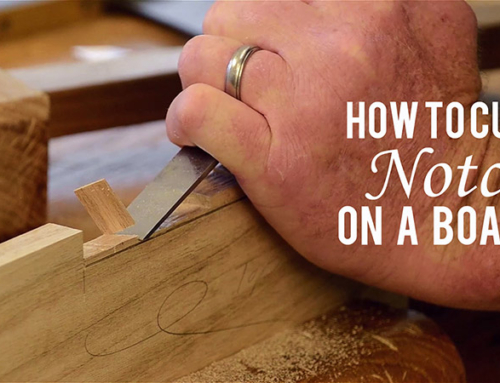
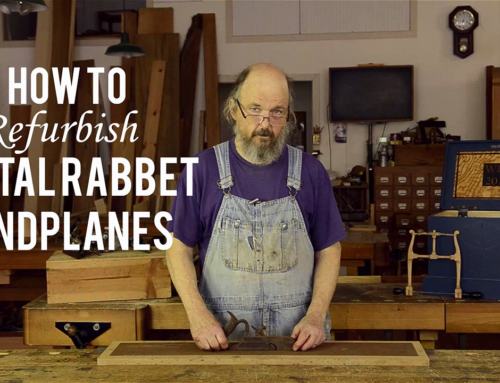
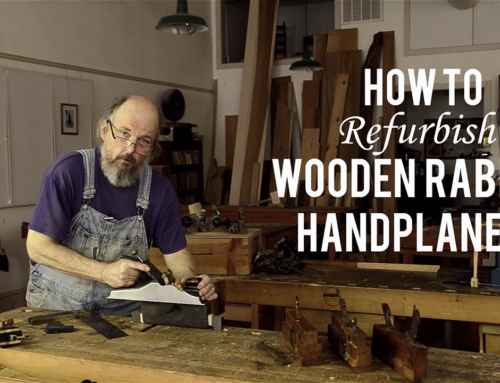
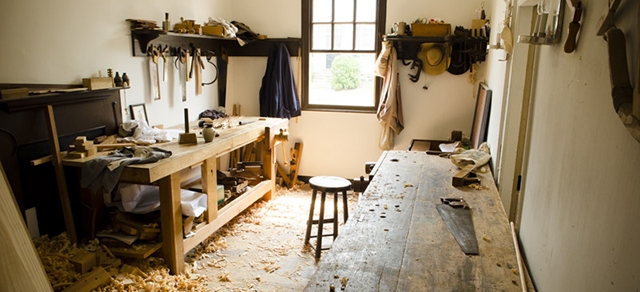
Prongs to hold the meat on a rotating spit.
Thanks Roger!
The “what is this” item is forks or tines for a spit/rotisserie. The meat is skewered on the spit, and the forks slide on from each end and grip the meat to rotate it over the fire.
Thanks for clearing this up Trevor!
Thanks for the nice pictures.
I guess that the spikey things in the window are for mounting a roast on. I don’t know the correct English term for the stick that you put through the meat, but these fork shaped spikes go into the meat and make sure that the roast can turn and be roasted on all sides.
Do you have more pictures of the apple press? that looked quite interesting.
Brgds
Jonas
Thanks for the ID Jonas! I didn’t take more photos of the apple press. I do have video of it, but edited it out to cut down the time. Sorry! Thanks for your comment.
Grill spit prongs.
Thanks Kees!
Loved it Josh. You know it won’t take long for me to get up there now that I know about it. That timber framing is inspiring.
Hey Jonathan, welcome to my website! Yea, come see it with us.
I don’t mean to disappoint you, but the pretty little apple press is actually a mouse trap built by George Lott at the museum.
Ha! So funny! Thanks Doug. I figured that George had built some things in this farm, but he and I never made it over to the 1600’s farm together. Now that I know his skills range to mouse traps, I am truly amazed. Do you work at the museum?
I have been volunteering at the museum for about 7 years and have worked a bit with George, but I mostly work on the historic buildings.
Thanks for volunteering there. It’s an amazing place. George is a great guy!